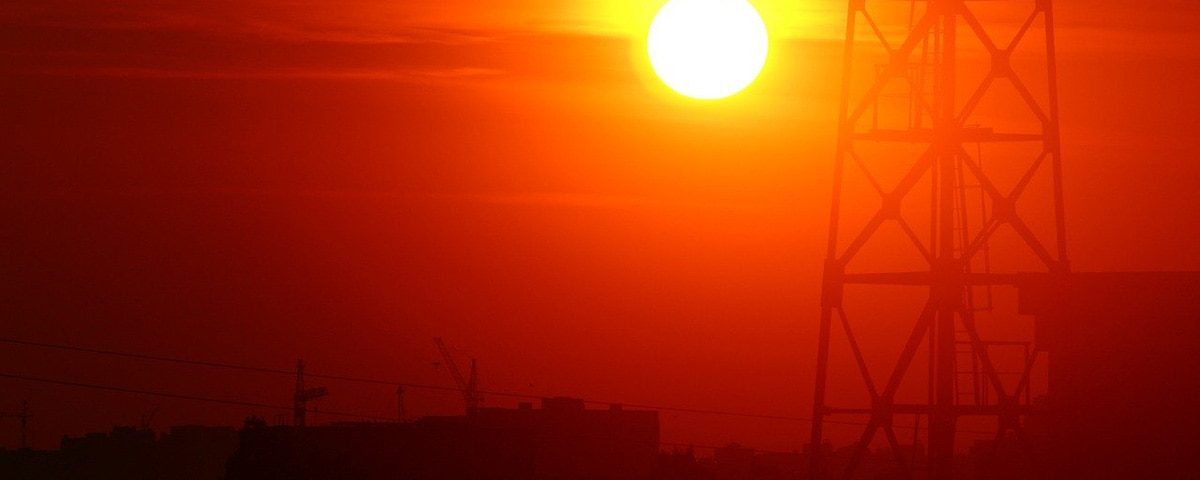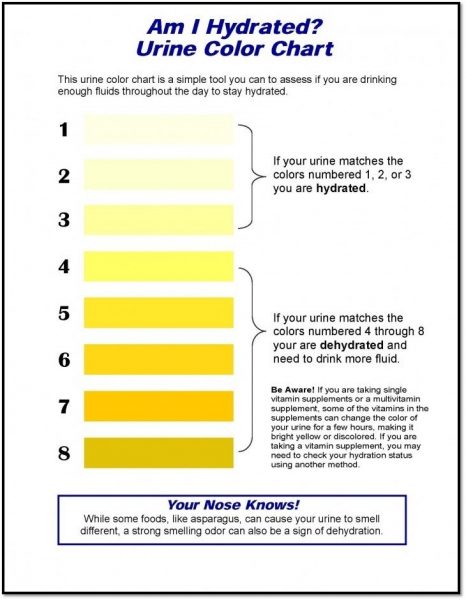
Stepping out into the heat of the construction site is like a relay team taking to the track. Their success relies on expert preparation, regular training and teamwork. Here in Texas during the summer months, our guys are typically out working 10 hours a day in temperatures way over 90°F. With humidity as much as 70%, when you factor in the heat index it feels more like 105 – 110°F.
When it comes to keeping cool and avoiding exhaustion in these extremely high temperatures, the hurdle to overcome is ourselves. As with athletics, great self-discipline is required to keep hydrated, along with the support of a loyal team and shared expertise to help stay safe.
How to keep cool
“You can’t wait until you’re thirsty”
“Water, rest, shade” is the general approach, but you can’t wait until you’re thirsty. In the same way a track runner will prepare in advance to compete in their heats, construction workers should get ready for a hot day’s work ahead with these six simple rules:
- Don’t drink too much alcohol at night
- Start drinking water first thing in the morning and on your way to work
- Stay off the energy drinks
- Avoid drinking too much coffee
- Watch the signs your body is giving you
- Wear appropriate clothing and equipment
In athletics, coaches handed out pickles in plastic bags before football and basketball games to prevent players cramping in their legs and calf muscles which many athletes still swear by. On the construction site, a lot of safety managers will carry little shot bottles of chilled pickle juice for the same reason. You’d be surprised how many stores in Texas sell it by the caseload. Popsicles and cold fruit such as watermelon, cantaloupe, strawberries and grapes are also popular ways to hydrate, while sucking sunflower seeds helps replenish the body’s salt levels lost through sweating.

Things to avoid include going home after work and drinking a pack of beer. Added to the need for moderation, alcohol dehydrates the body, so drink responsibly and have some glasses of water too. Energy drinks and coffee also contain high levels of caffeine which is a natural diuretic, increasing the need to urinate leading to a loss of salt and water from the body before heat exhaustion eventually kicks in.
Additionally, the right swag will help to run the whole nine yards. You might think guys are out in the field wearing T-Shirts, but they’re in thin long cotton shirts to stop the sun beating down on their arms all day long. Heat appropriate PPE (personal protective equipment) such as sleeveless safety vests, gaiters to protect the back of the neck, and cooling clothing which stays wet, keeps construction workers beat the heat.
Our company equips workers to stay safe onsite with color-coded hard hats. Rookies receive a green hard hat, just like the old saying “greenhorn”. Six months later, they graduate to a yellow hard hat. Seeing a mix of helmets among the crews means less experienced workers who haven’t acclimated to the hot temperatures are being supported, while white hard hats worn by superintendents, foremen and project managers show help is close by.
Recognizing and preventing heat stress
“Safety is not a priority, it’s a value”
Keeping cool is not rocket science and most people on our teams do it well. It just takes a day when you get very busy and can’t remember the last time you drank a glass of water. You begin losing your appetite, feel dehydrated, get exhausted and are about ready to tap out. Catching up is easy when you’re in the office or at home, but out in the field, you can quickly lose the race. There are a few symptoms to watch out for:
- Headache, dizziness or nausea
- Muscle cramps and weakness
- Heavy sweating and elevated body temperature
- Decreased urine output and dark yellow urine
- Heat rash and irritability
- Severe thirst

An educated workforce I believe is a safe workforce, so using posters and charts all over the job site in multiple languages helps refocus people to spot these danger signs. Training on preventing heat stress and dehydration with programs like OSHA is crucial, as well as CPR and first-aid courses in the event of a heat-related incident.
Furthermore, you’re more likely to be injured in the first six months on a construction project and again after 10 years in the job as complacency creeps in. Combined with a high turnover rate in our industry, constant refresher training to reengage established workers is equally as important as training new people.
Developing a winning attitude

Like golf, when it comes to health and safety incidents, the lowest score wins. Safety managers are advised to call 911 when more than basic first aid is required. This is then recorded as part of the OSHA Total Case Incident Rate (the number of work-related injuries per 100 full-time workers during a one-year period). Preventing incidents requires teamwork and an integrated approach to inspire a winning attitude about health and safety.
Treating everybody like family builds a positive and safe culture. Our company puts a personal touch on projects by displaying giant banners of workers and their families, creating a sense of familiarity between each other. We also create a friendly atmosphere by placing workers’ names on their hard hats to help integration. In addition, seeing the company logo branded on water coolers and PPE, they all want to have the same gear to fit in with the family. It’s small things, but building a sense of belonging, communication and collaboration are valuable pieces of the health and safety puzzle to protect everyone at work.
Although minimizing the risk of heat stress and dehydration can be factored into a job hazard analysis when planning work, ultimately it takes each member of the squad to perform their personal best. It’s all about attitude as safety is not a priority, it’s a value. Priorities change every day, but our values stay the same. Valuing safety starts before you step out onto the field, and as we always say: “safety will take you home”.





There are no comments yet